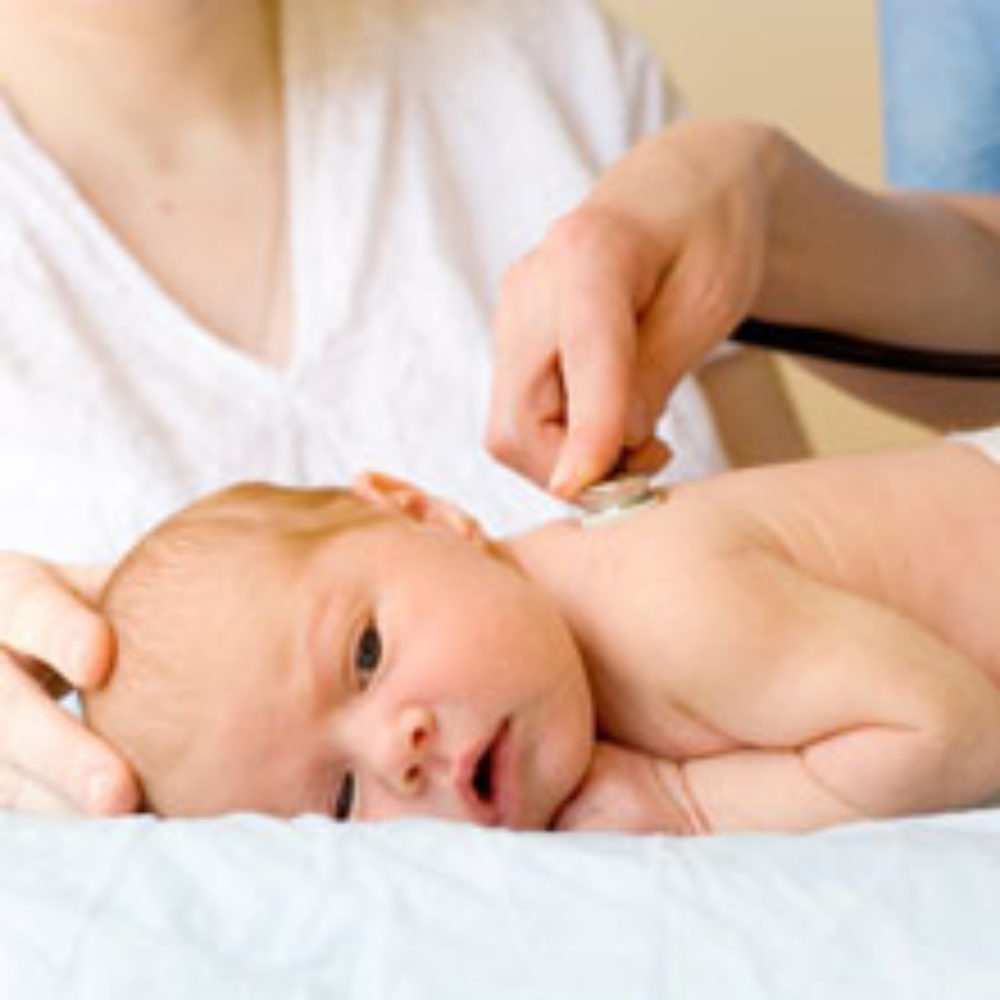Banned Carcinogen Being Used in Baby Products: Study

Researchers say that a flame retardant that may be a carcinogen is still being used in polyurethane foam contained in several baby products.
Chemical flame retardants were banned from children’s pajamas more than three decades ago because of a possible cancer risk. However, at least one flame retardant, chlorinated Tris, has some researchers concerned after they found its presence in car seats, high chairs and other baby products.
According to a study published online by the Environmental Science & Technology on May 18, researchers conducted tests on 101 polyurethane foam baby products and found that 80 of them contained fire retardants. The most frequently used was tris (1,3-dichloroisopropy) phosphate (TDCPP), which was found in 36% of the products.

Did You Know?
Millions of Philips CPAP Machines Recalled
Philips DreamStation, CPAP and BiPAP machines sold in recent years may pose a risk of cancer, lung damage and other injuries.
Learn MoreTDCPP was banned in 1970s from use in children’s pajamas, but not other baby products. Flame retardants like TDCPP comprised up to 12% of some of the products tested.
Many polyurethane foam products are surrounded by a plastic covering, but it is unclear whether the coverings, which are sometimes ripped or chewed open by children, are effective in preventing the flame retardants from coming into contact with the children. However, the researchers estimated that the infants’ exposure to TDCPP likely exceeds acceptable daily intake levels set by the U.S. Consumer Product Safety Commission (CPSC).
Researchers also found other flame retardants, including Firemaster 55 and pentaBDE. Researchers in other studies have linked pentaBDE with neurodevelopmental impairment in children and the substance was banned in 2009 by the Stockhold Convention on Persistent Organic Pollutants.
The American Chemistry Council issued a statement noting that the study only examines the existence of flame retardants in children’s products, but does not actually address the amount of exposure or health risks to children.
The researchers said that future studies will be needed to determine the amount of exposure and any potential health risks.
Get more articles like this sent directly to your inbox.
"*" indicates required fields




0 Comments